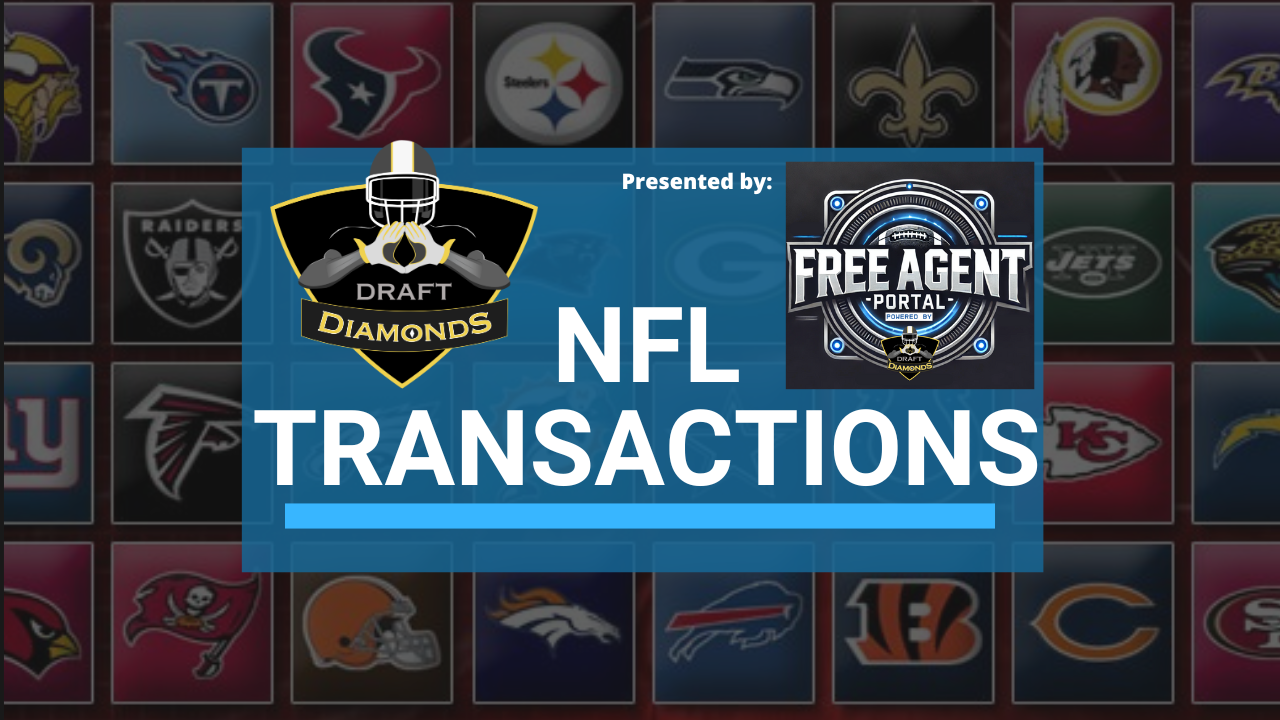Key Takeaways
- Recognize Signs of Underperformance: Early signs such as lack of productivity, poor work quality, and negative attitude are indicators that an employee may not be meeting expectations, and should be addressed promptly.
- Identify Root Causes: Understand that issues like personal challenges, skill gaps, and cultural misfit can significantly impact employee performance; identifying these causes is crucial for effective management.
- Utilize Open Communication: Establish regular one-on-one meetings to facilitate open dialogue and understand an employee’s challenges, setting clear expectations for improvement.
- Implement Performance Reviews: Regular performance evaluations can provide structured feedback, help track progress, and reinforce accountability while identifying areas for development.
- Invest in Training and Development: Offering tailored training initiatives not only aids in bridging skill gaps but also fosters employee satisfaction and retention through continuous learning opportunities.
- Consider Termination as a Last Resort: Explore alternatives like improvement plans before making the difficult decision to terminate an employee; ensuring compliance with legal considerations throughout the process is essential.
Every workplace encounters challenges, and one of the most common is when an employee isn’t meeting expectations. Whether it’s due to a lack of skills, poor attitude, or misalignment with company values, the impact can be significant. It affects team morale, productivity, and ultimately, your bottom line.
Identifying when an employee isn’t working out can be tricky. It’s essential to recognize the signs early on to address the issue effectively. Ignoring the problem can lead to a toxic work environment and hinder your team’s success. In this article, you’ll discover practical strategies to assess and manage underperformance, ensuring your team remains strong and focused on achieving its goals.
Signs That Your Employee Is Not Working Out
Identifying underperformance early helps maintain a healthy workplace culture. You can look for key indicators to address employee issues promptly.
Lack of Productivity
Lack of productivity stands out as a major red flag. If an employee frequently misses deadlines or produces significantly less work than others, it signals potential problems. Regular monitoring can help you assess individual contributions. Consider implementing performance reviews to track output against established goals.
Poor Work Quality
Poor work quality affects team morale and customer satisfaction. If your employee’s work contains frequent errors or fails to meet set standards, this impacts overall productivity. Providing constructive feedback can assist in employee development, but ongoing issues may necessitate reevaluation of their role within your team.
Negative Attitude
A negative attitude can disrupt workplace harmony. If an employee displays constant complaints or disengagement, this impacts both their performance and that of their colleagues. Addressing attitude issues promptly helps foster a more positive work environment. Encouragement through employee recognition and engagement activities can counteract negative behavior and improve overall employee satisfaction.
Causes of Underperformance
Underperformance can stem from various factors that directly affect a small business’s efficiency and productivity. Identifying these causes early on can aid in implementing effective solutions.
Personal Issues
Personal issues significantly impact an employee’s performance in a small business setting. Health problems, family crises, or financial difficulties often hinder an employee’s ability to concentrate and deliver results. When employees face such challenges, they may experience emotional and mental exhaustion, leading to burnout. It’s crucial for you to offer support and flexibility, allowing time for employees to address these temporary personal problems.


















